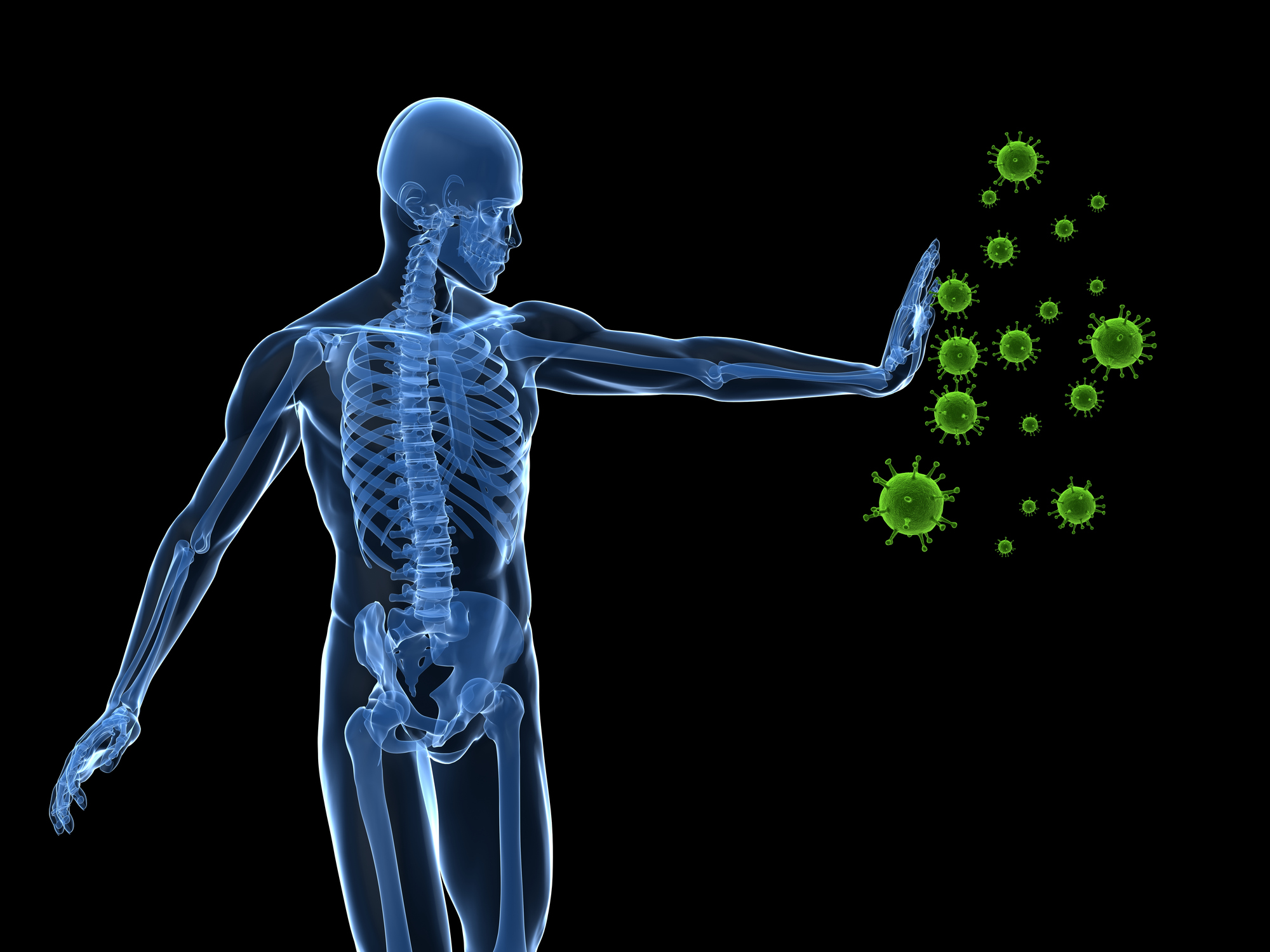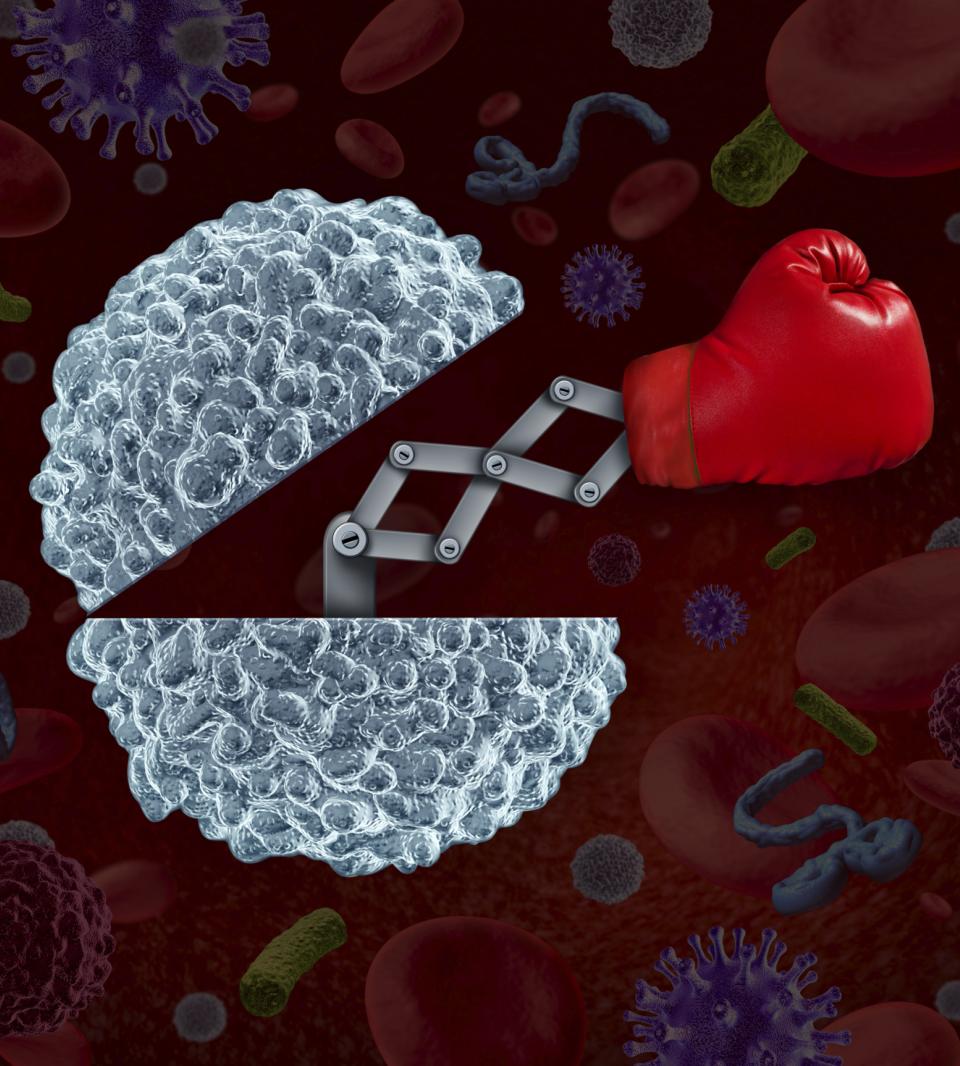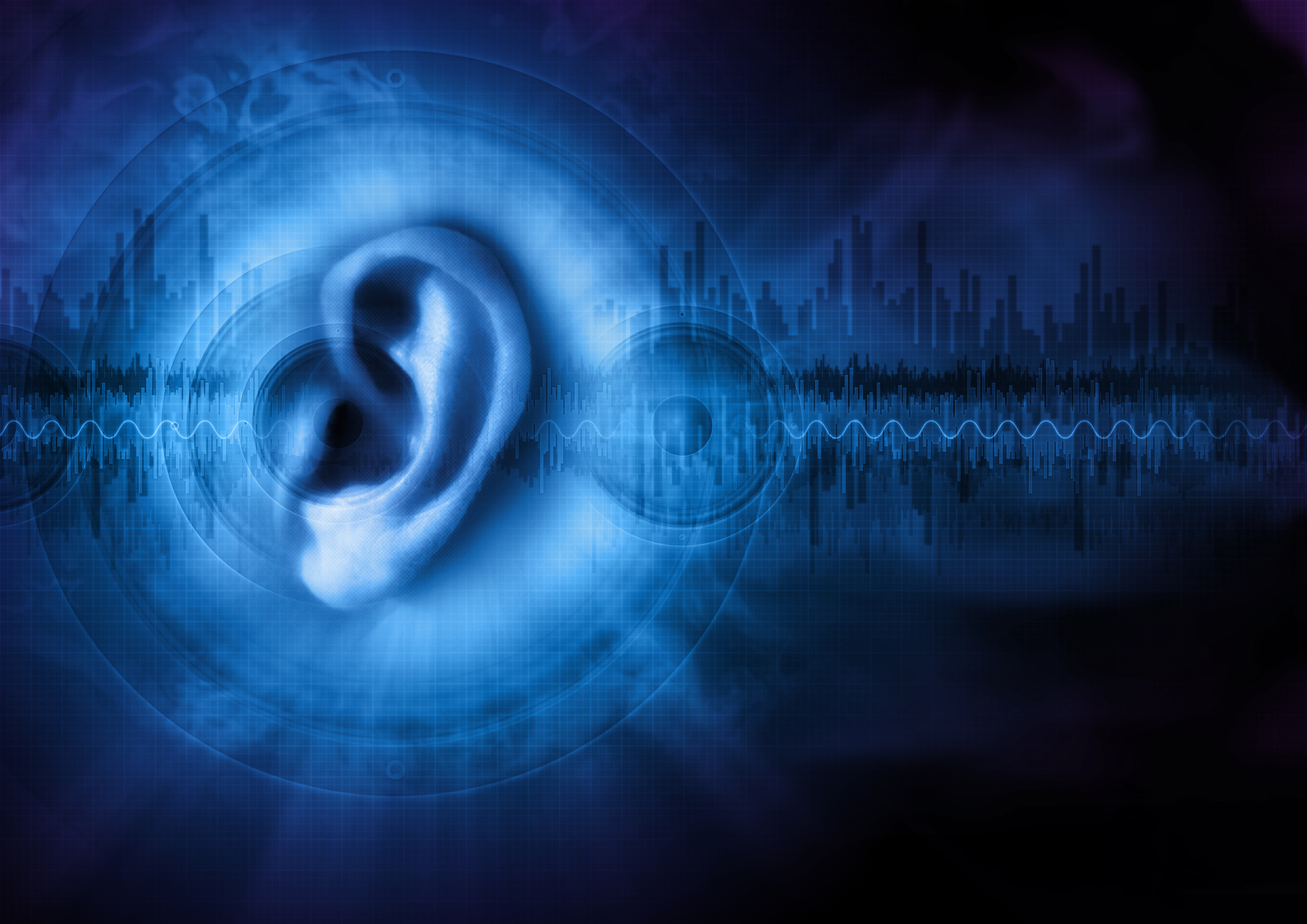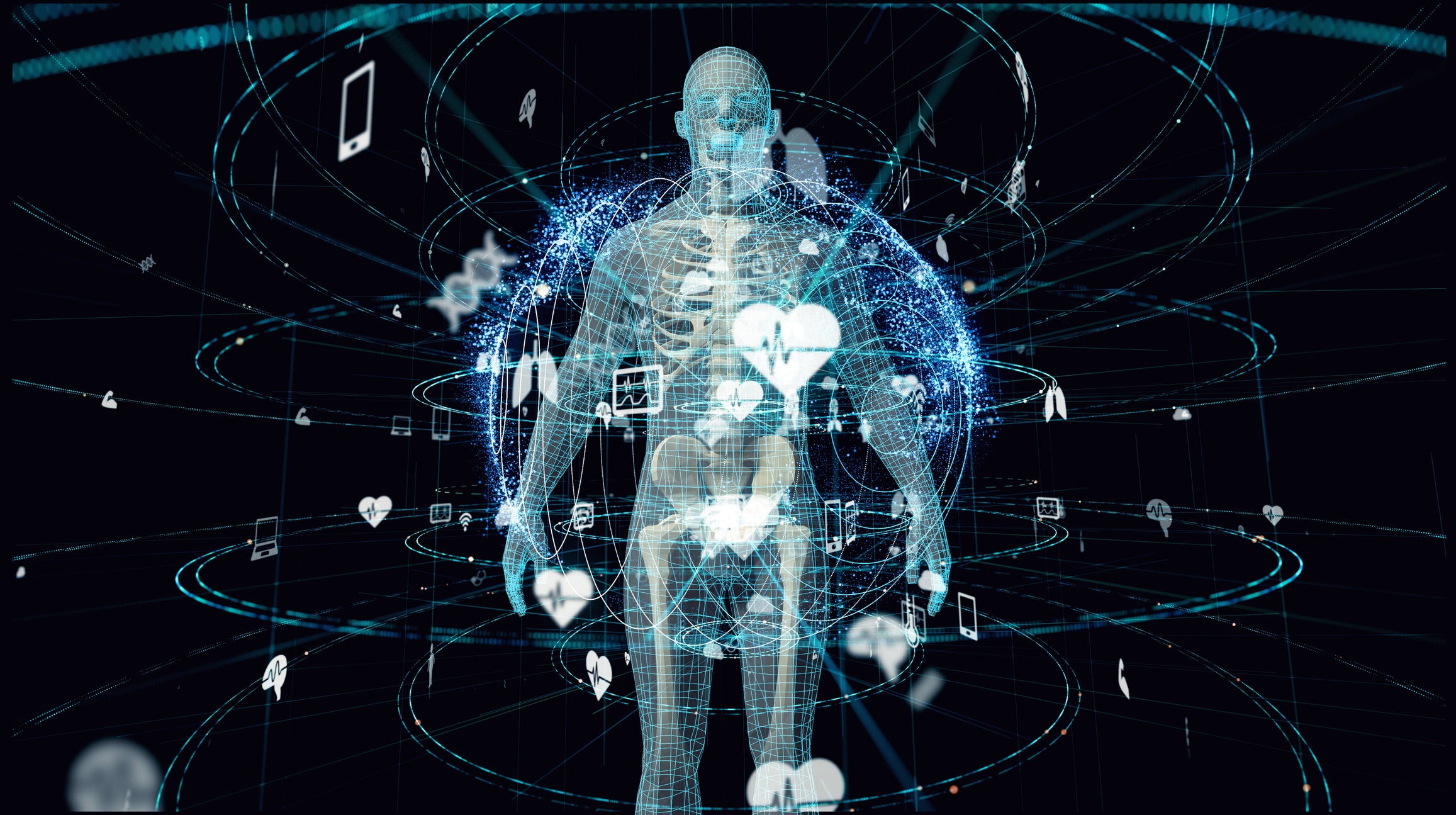If the coronavirus were a song, what would it sound like? MIT researchers “translated” the virus into music in hopes of better understanding it — and eventually developing treatments — while across the country, researchers fired up powerful X-ray beams to get a look at the atomic structure of the virus. Plus: antibody tests and potential vaccines on the horizon. There are many promising ways to defeat COVID-19. Here's what we found this week:
"In one sweep, our ears pick up all of its hierarchical features: pitch, timbre, volume, melody, rhythm and chords," says MIT's Markus Buehler. "We would need a high-powered microscope to see the equivalent detail in an image, and we could never see it all at once.”
What is it? Researchers at the Massachusetts Institute of Technology created a musical score based on the structure of the spike protein of the coronavirus that causes COVID-19. It’s pretty chill, actually — you can hear it here.
Why does it matter? The tune comes from the lab of Markus Buehler, an MIT professor who studies proteins — in another project, for instance, he’s trying to identify a protein that would extend the shelf life of perishable foods. “Translating” proteins into sound is one tool in Buehler’s toolbox, as he explained in a recent interview: “Our brains are great at processing sound! In one sweep, our ears pick up all of its hierarchical features: pitch, timbre, volume, melody, rhythm and chords. We would need a high-powered microscope to see the equivalent detail in an image, and we could never see it all at once.”
How does it work? Buehler focused on the coronavirus’ spike protein — the surface protein that enables it to attach to human cells. “In the music we created, we analyzed the vibrational structure of the spike protein that infects the host,” he said. “Understanding these vibrational patterns is critical for drug design and much more. ... We might also use a compositional approach to design drugs to attack the virus. We could search for a new protein that matches the melody and rhythm of an antibody capable of binding to the spike protein, interfering with its ability to infect.”
 Tens of millions of antibody tests could be coming online within the next few months. Top and above images credit: Getty Images.
Tens of millions of antibody tests could be coming online within the next few months. Top and above images credit: Getty Images.
What is it? The pharmaceutical company Abbott Laboratories said this week that it had developed an antibody test for the coronavirus and could supply up to 20 million tests by June; the Swiss drugmaker Roche said it, too, is hoping to get production of a new antibody test into the “high double-digit millions” by June.
Why does it matter? The antibody tests, or serological test, don’t test for the presence of active infection; they’ll determine whether the body’s immune system has developed antibodies to the coronavirus, meaning the test can identify anyone who’s been infected with the virus in the past, whether or not they developed symptoms. Thomas Schinecker, Roche’s diagnostics head, said, “This is the working assumption: If you test and find people that have developed these antibodies, then at least for a certain period of time they will have gained immunity.”
How does it work? That’s a critical need for epidemiologists as they seek to understand the scope of the pandemic, track, and contain it: If people are shown to have developed antibodies to the virus, they could potentially resume their lives, going back to work without worrying about inadvertently spreading the virus. Both Abbott’s and Roche’s test identify the presence of immunoglobulin G (igG), the most common type of antibody found in the blood.
What is it? Researchers are using music to try to understand the structure of the virus — they’re also using powerful X-ray and electron beams to study it at the atomic level. Recently SLAC National Accelerator Laboratory, a U.S. Department of Energy facility at Stanford University, joined the fight against COVID-19.
Why does it matter? A deeper understanding of the virus’ structure could help answer “key questions” about it, as SLAC, short for the Stanford Linear Accelerator Center, put it in a news release, such as “how it recognizes and infects cells, how it replicates within them, and how it spreads through our bodies.” That’s the kind of knowledge researchers will rely on as they develop vaccines and treatments.
How does it work? SLAC largely shut down in March as part of a Bay Area shelter-in-place order, but its Stanford Synchrotron Radiation Lightsource (SSRL) is continuing to operate, using technology like X-ray crystallography to examine biomolecules such as the coronavirus’ spike protein. Only minimal staff is needed on-site at the high-tech lab, said SSRL’s Aina Cohen: “Researchers can send us frozen samples to be mounted by robots into the experimental stations. The remote researchers then use our software and video tools to control the robots, view their samples, and control all the details of their experiment from their home lab, or even from their homes.”
BenevolentAI used machine learning to comb through existing drugs and look for ones that had already been approved that might have some efficacy against COVID-19. Image credit: Getty Images.
What is it? Artificial intelligence helped identify a drug that could treat patients with COVID-1. That drug, baricitinib, is now set to undergo randomized controlled trials in the United States.
Why does it matter? The study is part of the Adaptive COVID-19 Treatment Trial conducted by the National Institute of Allergy and Infectious Disease. Already on the market as a treatment for rheumatoid arthritis, baricitinib was identified by the company BenevolentAI, which used machine learning to comb through existing drugs and look for ones that had already been approved that might have some efficacy against COVID-19. “While we wait for a vaccine to be developed, there is an immediate need for medicines that can prevent life-threatening respiratory and other serious complications of COVID-19 infections,” said BenevolentAI CEO Joanna Shields.
How does it work? In some cases, patients’ immune systems overreact to the threat posed by COVID-19, triggering potentially fatal lung inflammation, in events called cytokine storms. Though there are concerns over potential side effects, the hope is that baricitinib could work in such cases by suppressing the immune system. Dr. Andre Kalil, a principal investigator, cautioned doctors and patients to wait for the results: “This is a drug that has never been used before in this situation. That is why it needs to be tested in a randomized clinical trial. We don’t know if it will help or harm. We have so much uncertainty.”
Vaccine Update
Researchers at the University of Waterloo, in Ontario, are working on a DNA-based vaccine for COVID-19 that could be administered via nasal spray. The vaccine will “replicate within bacteria already in the body and is being designed to target tissues in the nasal cavity and lower respiratory tract.”
According to the Milken Institute, which is tracking the development of potential COVID-19 vaccines and treatments, 86 possible vaccines are currently in the research pipeline as of April 16, in addition to 45 antibody-based treatments, 20 anti-viral treatments and others.








